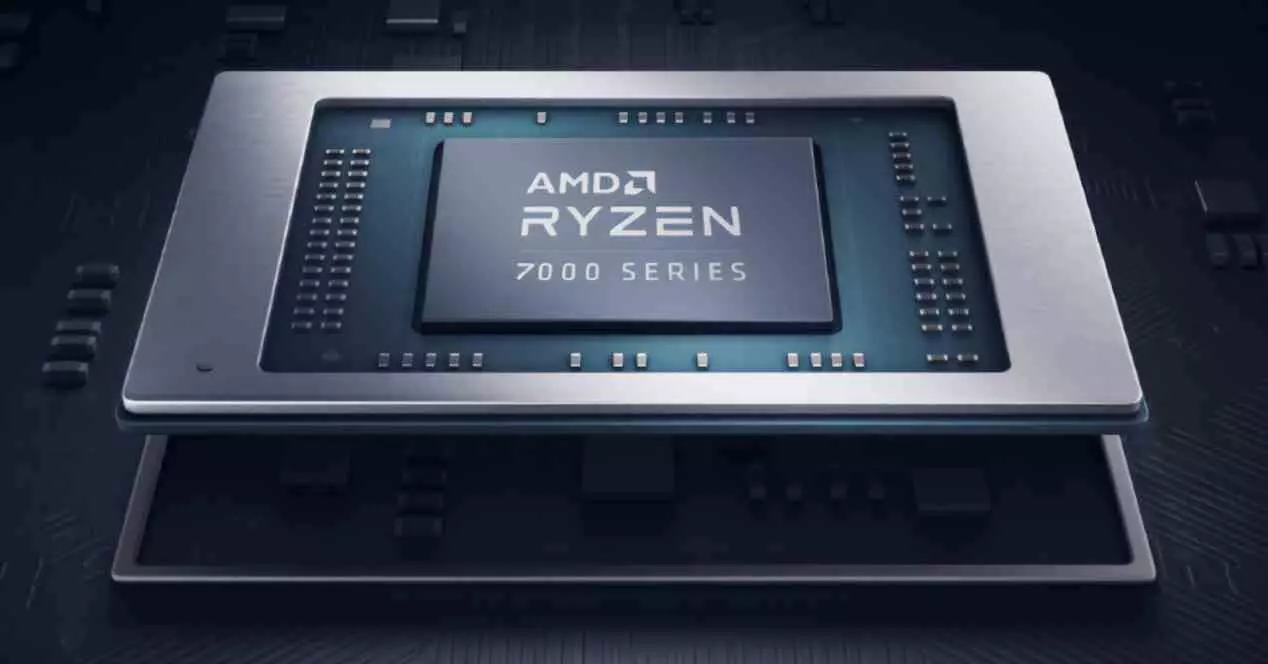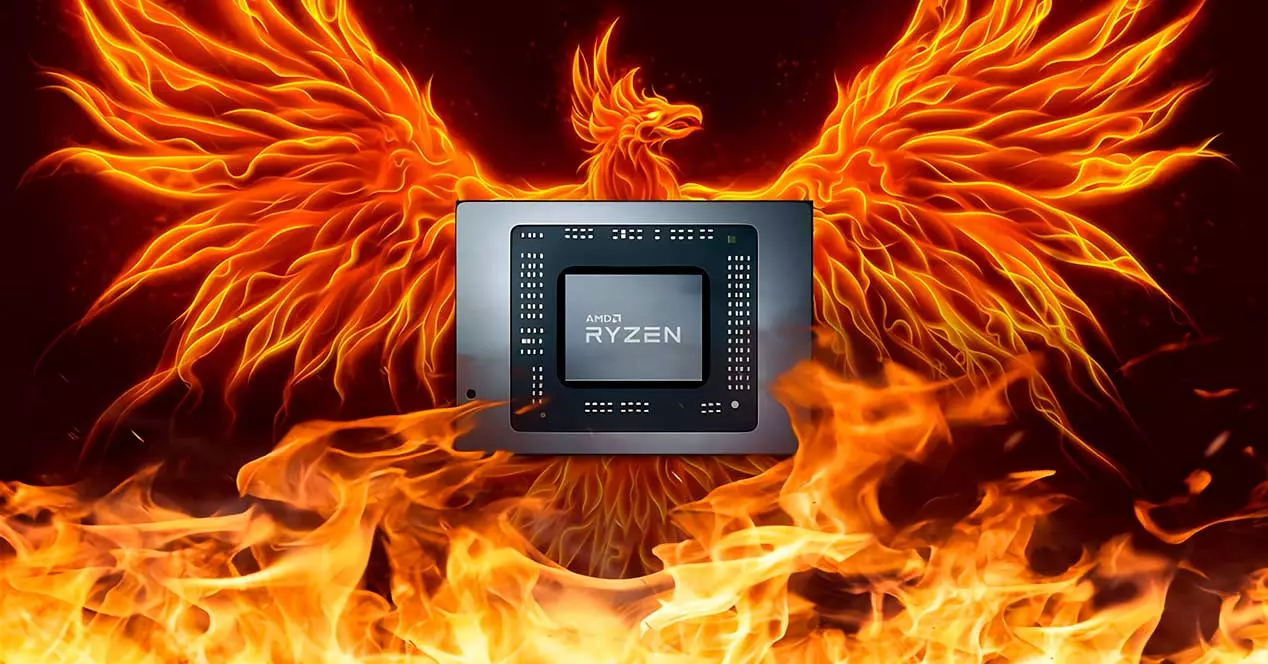
What is the future of AMD laptop processors? The most logical thing is to think that the next step is the use of Zen 4 cores. However, those of Lisa Su have found that their biggest rival has become strong in a section where they had a disadvantage. This has caused important changes in future designs, as is the case with the processor codenamed AMD Phoenix.
The fact that Intel has put the batteries in terms of its graphics hardware has meant that AMD, which has an advantage in that field, has had to put the batteries. The reaction is not limited only to using RDNA 2 in its integrated GPUs, but it will go further and that is that graphics embedded within its processors will make a leap that is at least spectacular in the coming years. The causes of this are very clear, we know that Intel will launch new iGPUs in its Intel Core 14 processors with Meteor Lake architecture, which will be much better than those used in the current generation.
The goal of Raja Koduri’s team? Getting ahead of AMD in a field where the Radeon Technology Group has had a huge lead over Intel for years. And it is that the market for APUs or processors with a graphics card on the same chip is one of the differential points in favor of AMD. The response from AMD? It receives the name of AMD Phoenix and it would be the next generation APU, which will bring important changes in terms of graphics power. Let’s see how they are.
This will improve the graphics power in AMD Phoenix
One of the most relevant changes in the Ryzen 6000 has been the addition of an integrated graphics with RDNA 2 architecture, leaving aside the already veteran Vega and obtaining a performance that, taking into account all the changes, we are talking about doubling the graphics performance compared to to the previous generation. However, the most powerful processors with a GPU inside are the console ones, especially the desktop ones. Even the least powerful of the new generation consoles, the Xbox Series S, has a central processor with much more graphics power than any other for PC.
The idea behind AMD Phoenix is none other than that future Ryzen for laptops will increase the number of shader core units or Compute Units to a much higher figure compared to the current 12. To as? Well, there is talk of a figure that could fluctuate between 16 and 24 CU. The problem with that statement lies in the type of memory needed to achieve such power levels. Since we need a lot of bandwidth, something that indicates that future APUs will have to bet on DDR5 memory and its higher bandwidth exclusively, and, therefore, rule out the use of DDR4.
Another change that we are going to see is the addition of an additional cache level, this would not be located neither in the CPU nor in the GPU, but just before the common memory controller. Its utility? At the central processor level it can be an answer to the increase in latency by DDR5,. As for the graphics card I would Infinity Cache, reducing the energy impact. Globally it will give you the ability to fully consistent access to RAM.




